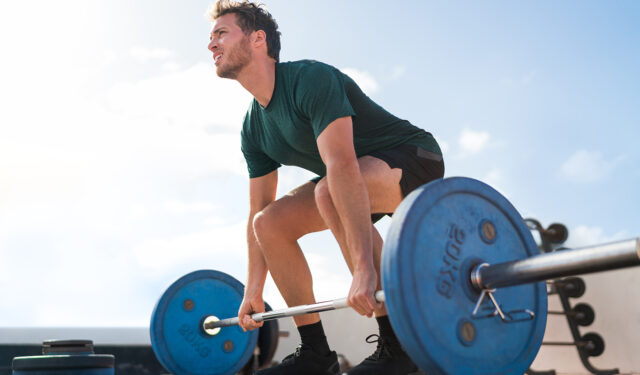Preventing Squatting Injuries in Powerlifting
How to prevent disc injuries when squatting. Our squat as a child is near perfect, the joints are controlled and the mobility is sufficient to…
If you’re into powerlifting or heavy weight training, you probably already know it can take a toll on your body. Chiropractic care is a smart and effective way to recover from injuries, improve performance, and prevent problems before they start.
Why? Because chiropractors don’t just focus on the spine — we understand how the entire body moves and functions. We specialise in treating muscles, tendons, ligaments, and joints. This whole-body approach makes chiropractic ideal for athletes, especially powerlifters.
In this article, we’ll explore how your body works when lifting, what injuries are common in powerlifting, and how issues in areas like your ankles can cause back pain.

Want to know more? Request a Callback
Or give us a call, to find out how we can help you with Powerlifting Injuries And Chiropractic Care.
Book an Appointment
Schedule an appointment for Powerlifting Injuries And Chiropractic Care tailored to your needs.
Powerlifting is a strength sport made up of three lifts:
Squat
Bench Press
Deadlift
Each lifter gets three attempts at each lift, aiming to lift the heaviest weight possible. The sport gained popularity in the 1950s as people looked for simpler, more rewarding lifts than Olympic weightlifting offered.
Today, powerlifting is a well-regulated sport governed by organisations like the International Powerlifting Federation (IPF). Athletes compete in different weight classes, and trained referees monitor each meet to ensure strict rules are followed.
Powerlifting used to be seen as a sport for large, muscular men. But times have changed. Now, men and women of all ages and sizes take part.
As participation grows, more people are asking important questions:
Is powerlifting safe?
How do I avoid injuries?
What’s the best way to train?
Let’s explore some answers
It depends on how you train. Poor form, heavy loads, and overtraining can lead to serious injuries — herniated discs, torn ligaments, joint pain, and more.
But when done correctly, powerlifting can strengthen your body, especially your core and spine. A strong back is a safer back.
Proper technique and injury prevention are key to staying healthy while lifting.
Your core is a group of muscles that wrap around your midsection. These muscles stabilize your spine and help protect it during heavy lifts.
Imagine this: a cardboard box is easy to crush. But put a strong, inflated balloon inside and the box becomes much more resistant to pressure. That balloon represents your intra-abdominal pressure, created when your core is activated
Read more about core stability here!
You can feel your core activate with this simple trick:
Imagine someone’s about to punch you in the stomach. What do you do? You brace. That bracing action engages your core.
Powerlifters often deal with:
Sprains and strains
Stability and mobility issues
Over the next few articles, we’ll dive deeper into each of these. But let’s start with a common and often overlooked issue that leads to back pain — ankle dysfunction.
If one part of your body isn’t moving correctly, another part will have to compensate. This often leads to injury — sometimes far from where the original issue started.
A good example is the ankle and its impact on your lower back during a squat.
If your ankle doesn’t move well — specifically if it lacks dorsiflexion (the ability to bend your foot upward) — your body may try to compensate by rounding the lower back. This causes a movement fault called the posterior pelvic tilt, or as lifters call it, the “butt wink.”
This compensation puts stress on the lower back and increases your risk of injury.
You can stretch, foam roll, and treat your lower back all you want — but unless you improve ankle mobility, the problem will likely return.
Chiropractic treatment goes beyond temporary relief. We don’t just treat the painful area — we look for the root cause. If your back hurts because your ankles are stiff, we treat the ankles too.
This whole-body, functional approach helps you:
Heal faster
Prevent recurring injuries
Improve your lifting performance
If you’re dealing with pain, mobility issues, or want to stay injury-free while lifting, we’re here to help. Chiropractic care can get you back under the bar — and keep you there — safely and confidently.